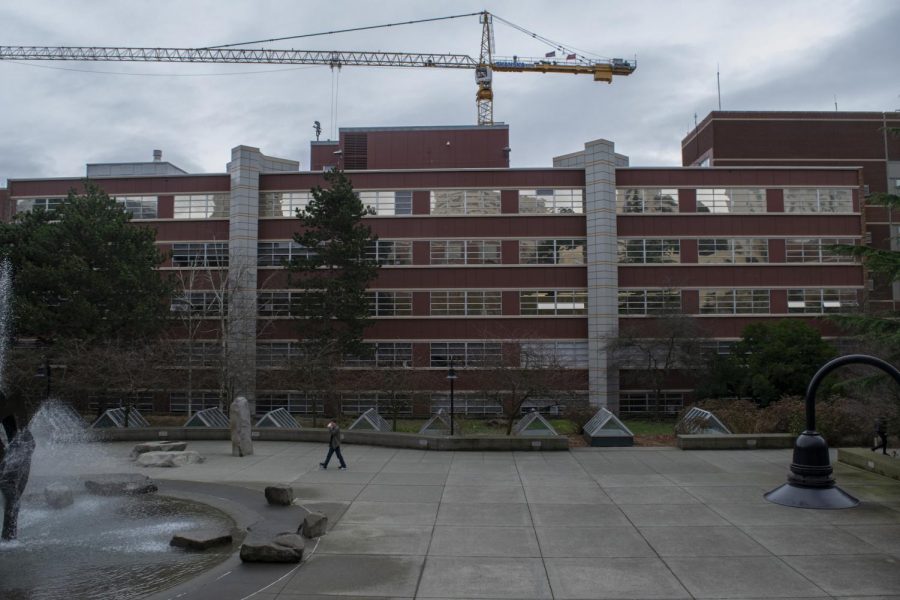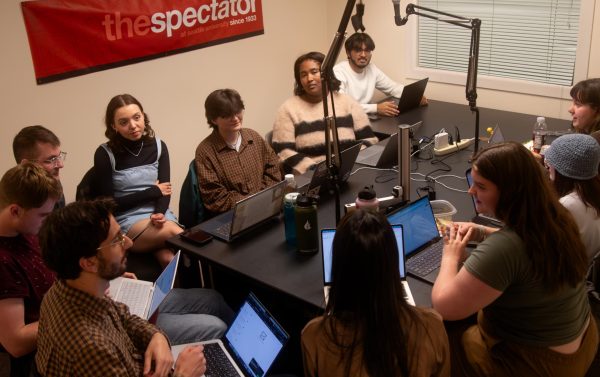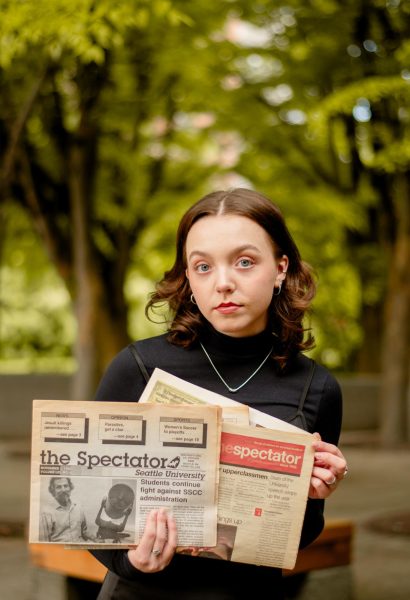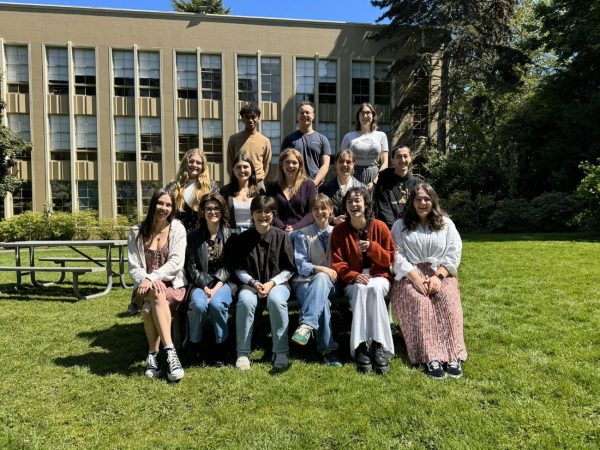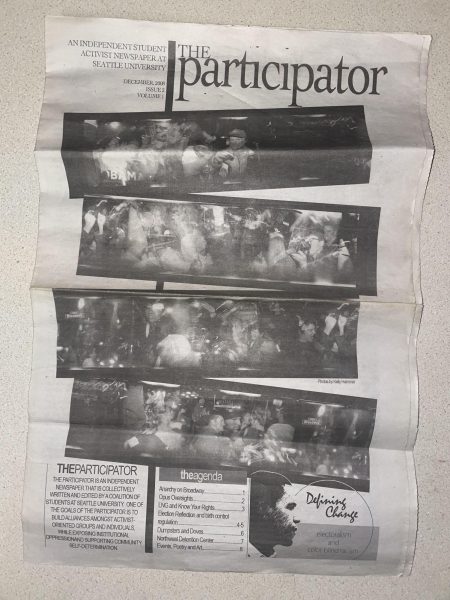Seattle U CFO Outlines Five-Year Budget, Addresses COVID-19 Concerns at Annual Budget Forum
Seattle University’s Chief Financial Officer (CFO) Wilson Garrone, with the Student Government of Seattle U (SGSU), hosted the annual budget transparency forum on April 6 to discuss the university’s budget strategy amidst growing concerns surrounding the COVID-19 pandemic.
SGSU Vice President of Finance Erika Ozawa opened the presentation by introducing Garrone and pointing to his experience of over twenty years at Microsoft, including his tenure as their CFO and corporate vice president. She also highlighted previous work he has conducted with students around the world.
Garrone gave a detailed 50 minute presentation on Seattle U’s financial position. He began by explaining the university’s existing five-year plan.
“It’s a good way to set direction and a North Star for the organization, aligning with the strategic priorities and making sure over time you are moving in the right direction,” said Garrone.
Garrone listed the principles of the 2021-2025 Fiscal Year Budget on a PowerPoint slide during the presentation. The first principle read “Realistic net tuition growth in early years.”
“We did hire a new enrollment consultant firm, McGuire and Associates, and they are helping us with the strategy of expanding our enrollment, and hopefully help grow our tuition,” Garrone said.
He pointed to the steady number of students that will be entering U.S. colleges throughout the next five years.
“Five years from now, in 2025, this is when the demographics indicate that this number’s going to decline,” Garrone said.
It is the administration’s goal to increase enrollment to ensure growing revenues until 2025. This sentiment is echoed by academic leaders at other institutions across the state. In a 2015 interview with the Spokesman Review, Gonzaga University Associate Provost Julie McCulloh spoke about her school’s efforts to plan ahead for the demographic cliff.
“We’re trying to be very aware of the changing demographic and business requirements,” McCulloh said.
Garrone said that his goal for the next five years is essentially to ensure that Seattle U does not spend more than it makes. In the 2019-2020 school year, the university ended with a $5.9 million deficit. This reflects several years of the school cutting into savings to maintain operations. To achieve net neutral spending, Garrone stressed that Seattle U will be reallocating academic resources rather than cutting them.
“There is a lot of interest from everyone in the university to understand how much the university has been affected by cost reductions, and it’s really a tiny part of the bar,” Garrone said. “By doing that, we are able to reposition ourselves within the five years and be neutral from an operating margin perspective.”
He pointed repeatedly to Seattle U’s efforts to invest in STEM education with new programs and the Center for Science and Innovation building, which is still currently under construction.
“Because really, the university’s not reducing the overall level of investments or the overall size of the expenses,” Garrone said. “It’s not being reduced. It’s just moving resources from parts of the university to other parts of the university, so we can grow enrollment and grow tuition and grow the top line of the university.”
Finance and business analytics major Alvaro Vazquez, who was a First-Year Representative for SGSU last year, expressed concern about how COVID-19 could impact current campus expansion projects.
Garrone spoke with confidence that the building, which is integral to Seattle U’s five-year plan, will continue being built.
“In all three scenarios that we have looked at, we believe with good confidence that we can continue the construction of the CSI,” Garrone said. “The construction was stopped for a few weeks because of the governor’s orders, when the stay at home and state health orders were published several weeks ago. We went back to the state and requested permission to continue the construction, which they granted.”
More broadly, Garrone assured the community that Seattle U will respond to the challenges posed by COVID-19 quickly and effectively.
“It’s important that we shift the way we think from being not only focused on the analysis and operating results, but really looking at our cash and how we manage or cash. During a crisis, cash is king,” Garrone said.
He expressed appreciation for how quickly Seattle U moved to respond to the initial COVID-19 entrance into the U.S., and hopes to continue staying ahead of the crisis.
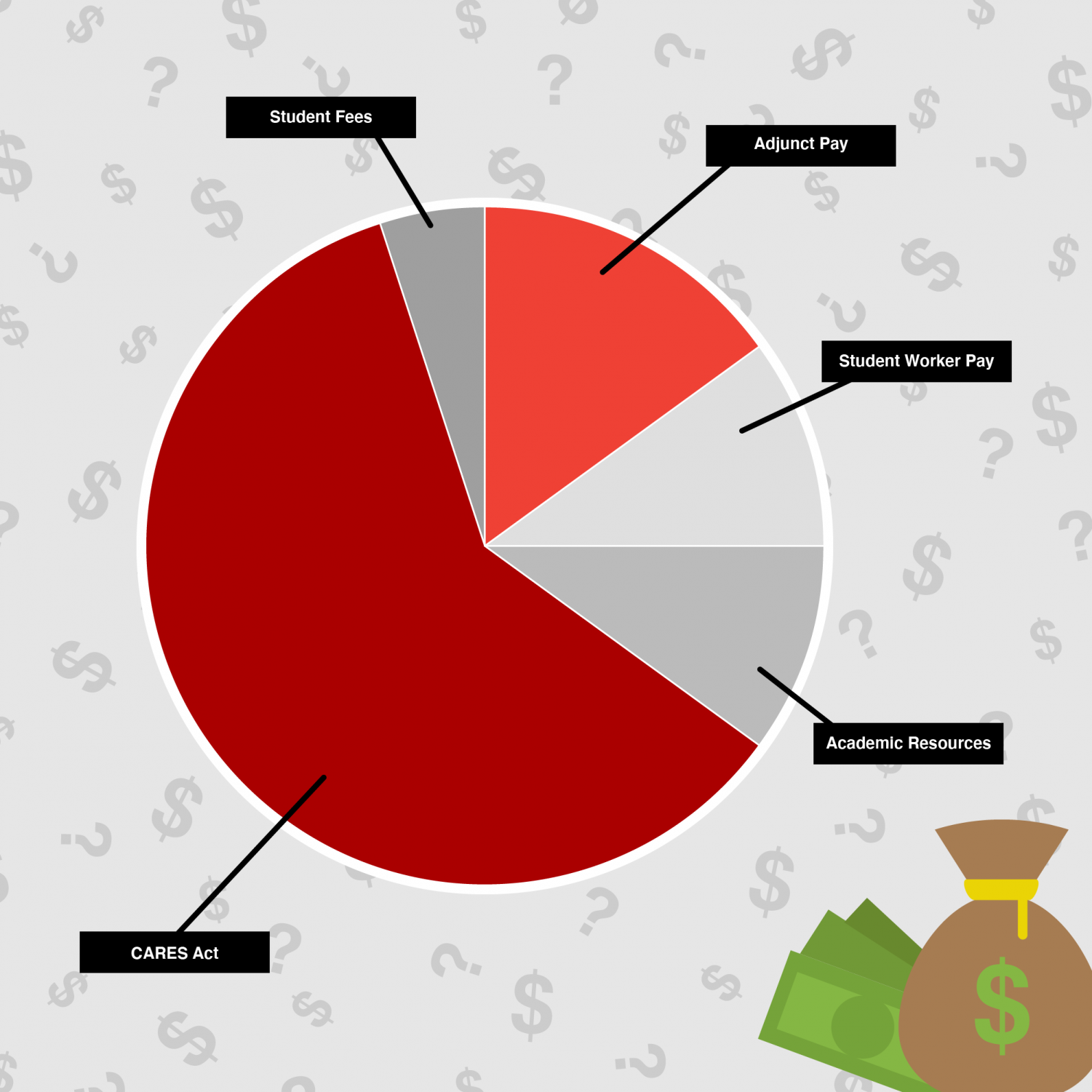
In the question period, many students, all of whom asked questions anonymously, expressed frustration at Seattle U’s choice to maintain the same tuition costs for spring quarter. Garrone answered that the university is maintaining the same quality of education Seattle U students have come to expect.
“Our expectation as a university is that there was no decline in the quality of the content and the quality of the learning experience being done virtually or in-person,” Garrone said.
He went on to cite the costs that Seattle U has waived for spring quarter.
“All the other things where there was some loss for the students, like residence halls, the fees, the reimbursement of meals—the university took care of giving all these back, and rightfully so,” Garrone said.
Garrone’s main concern throughout the presentation was stressing the importance of crafting a strategy to ensure the future financial security and stability of the school.
“Keep in mind that the way we build this projection is to make sure that revenue is always growing a little bit faster than expenses.”






